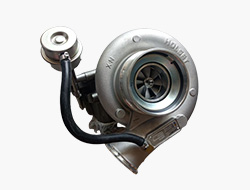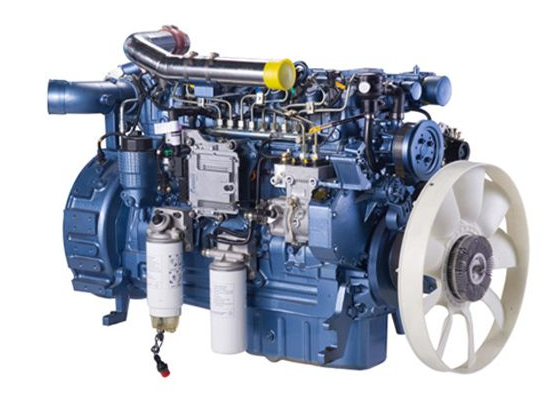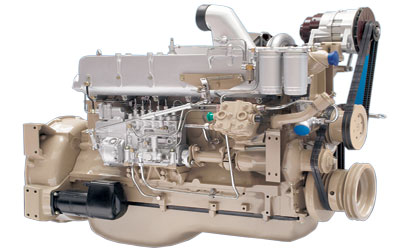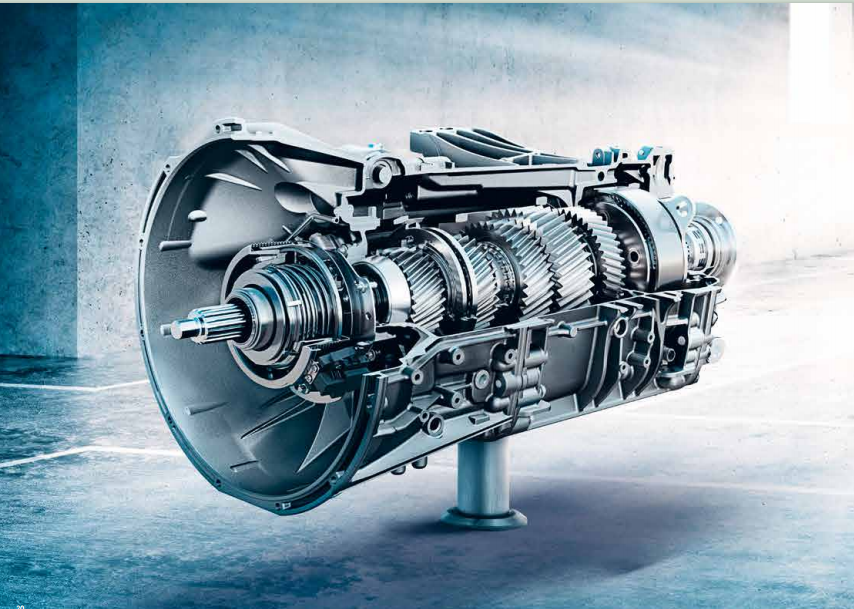Precautions For Bus In Low-temperature Environments
Precautions For Bus In Low-temperature Environments
.jpg)
1. The impact of low temperature environment on vehicles
●Difficulty starting the engine
When the general temperature ranges from -10 ℃ to -15 ℃, there are certain difficulties in cold starting passenger cars. When the temperature drops below -40 ℃, without preheating, it cannot be started at all.
●Severe mechanical wear and tear on bus
The passenger car is driven in a low-temperature environment, and the wear of various components, especially the engine, is relatively severe. During the use of the engine, over 50% of cylinder wear is caused during start-up and initial engine operation. Starting at low temperatures in winter accounts for 60% -70% of its wear.
●Increased fuel consumption
Buses run in low temperature environments, with low engine operating temperature, long heating time, high frictional internal friction, and reduced output power, increasing fuel consumption.
●Rubber tires gradually become brittle
When subjected to impact, especially by sharp protrusions and other objects, it is easy to cause damage.

2. Protective Measures for Vehicles in Low Temperature Environments
●Take good insulation measures
The purpose of insulation is to enable the engine to start smoothly under hot vehicle conditions, in order to reduce the wear of components and facilitate vehicle operation. The insulation measures include: the insulation method inside the garage, which means the garage is tightly closed and heat sources such as stoves and heating are installed inside the garage.
●Reasonable use of fuel and lubricants
When entering winter, winter lubricating oil should be used for the engine, transmission system components, and steering gear. Low drop point lubricating grease should be used for wheel hub bearings, and winter brake fluid and shock absorber fluid should be used instead.
●Proper use and maintenance of the cooling system
When using antifreeze, the freezing point of the selected antifreeze should be 5 ℃ lower than the lowest temperature in the area of use. If alcohol water-based antifreeze is used, as alcohol is volatile, its composition should be frequently checked with a density meter, and an appropriate amount of alcohol or water should be added as needed. If ethylene glycol water-based antifreeze is used, only an appropriate amount of water needs to be added during use. In addition, the thermostat of the cooling system must be intact, sensitive and effective.
Related Products


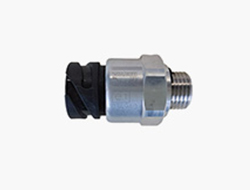
.jpg)
.jpg)
